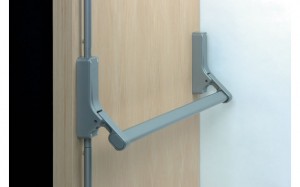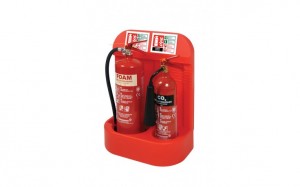
Living in a rented flat means that your landlord or managing agent must provide a fire risk assessment and fire safety equipment to comply with UK law.
The main reason fires start in blocks of flats is due to overloaded electrical sockets which cause electrical faults. A more obvious problem is cigarettes, which have not been put out properly and disregarded out of windows causing fires in neighbouring flats. While unattended candles and chip frying pans are also a threat.
Most fires in blocks of flats start by people living in flats rather than in communal areas. Often carelessness has a big effect and through extra care you can effectively reduce fire risks.
Four Fire Safety Risks to check today
-
Smoke Detectors
The best way to prevent a fire and alert others is with a smoke detector. Mains wired smoke detectors are the safest option as many people fail to test their smoke alarm every week. We recommend changing the battery in your smoke alarm every year, testing it once a week as well as changing your smoke detector every ten years.
-
Fire Resistant Doors
The front door of your flat is the best security there is if there is a fire in your block of flats. As doors will reduce the spread of smoke and fire to corridors and the escape routes. Make sure that your door is not damaged in any way as this may affect its performance. If you plan on changing your front door, make sure that you are aware of the effects on fire safety and that you have permission from your landlord.
-
Know your Fire Plan
Knowing the optimal exit route from your flat is essential information that you can’t afford to ignore. By testing the route you could save your life and those you live with. Additionally, by testing the route you know if the emergency exit is blocked by rubbish, bikes and prams that other residents have left there.
-
Fire Extinguisher
Your landlord or the managing agents has a legal obligation to provide a fire extinguisher. It should be attached to the wall or as part of extinguisher stand, if you do not have one we urge you to contact your landlord or managing agent today.
Fire risk assessment for flats
Since 2006 building owners and occupiers need to carry out a fire safety risk assessment.The landlord or the managing agents has a legal obligation to organise a fire risk assessment for communal areas only. This must completed to determine fire risks and hazards so that all risks are known and are up to date.
If you’re living in a flat and are unsure of the potential risk in communal areas, contact your landlord to find out more.
If you’re a landlord, contact us now so we can put you in touch with a local, qualified Fire Depot installer who will be able to address your needs further.




